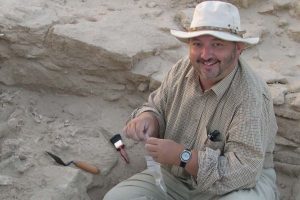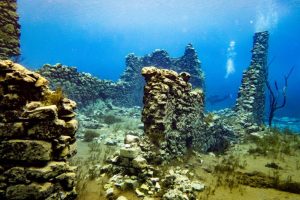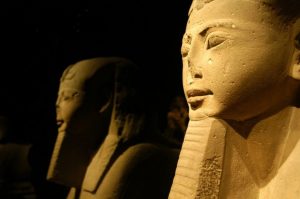The NYU Abu Dhabi (NYUAD) Institute has launched its latest series of online lectures, comprising four talks on archaeology and history from across the Arab world. Available on The Institute’s YouTube channel, the talks seek to connect audiences with prominent speakers and ideas as they remain home and maintain physical distancing.
Under the theme of Science, Heritage, and The Past, the lecture series delves into the historical record of the Arab world, understanding its interconnected status with our modern day. The talks present the eating habits of the Neolithic inhabitants of Abu Dhabi, what science is uncovering in the shifting sands of the southern Dubai desert, and the rich vein of archeological finds sunken beneath the waves of the Arabian Gulf.
Mark Beech, from the Department of Culture and Tourism – Abu Dhabi, discusses archaeological finds from an ancient village on Marawah Island, located in the Al Dhafra region of the emirate of Abu Dhabi. The finds indicate the presence of a Neolithic population, who lived in the region around 8,000 years ago, who built stone houses, herded sheep and goats, and hunted animals such as gazelles with stone tools. The talk discusses the finds, and examines their historical scope in greater detail.
Speaker
Mark Beech, Head of Archaeology (Al Dhafra and Abu Dhabi), Historic Environment Department, Department of Culture and Tourism (DCT)
Over 8,000 years ago, with lower sea-levels, the land to the north of the UAE was not covered by the ocean, and was potentially fertile. In this talk, the archaeologist Richard Cuttler takes us beneath the waves to explore remnants of the nation’s ancient past, discusses the archaeological finds which lie beneath the Arabian Gulf, and offers insight into the lives of the people who once lived along the shoreline of the Gulf.
Speaker
Richard Cuttler, Archaeologist, Historic Environment Department, Department of Culture and Tourism (DCT)
One of the Arabian Peninsula’s most enigmatic archaeological sites is situated deep in the south of the Dubai desert. Saruq al-Hadid was used during the Bronze and Iron Ages for social gatherings and ritual activity. Archaeologists have found a wealth of material at the site, including ceramic, bone, and precious metals, which reflect the lives of those who lived there. However, understanding these finds requires the latest in modern scientific approaches, including zoology, botany, and material sciences. In this talk, Lloyd Weeks from the University of New England discusses the finds, and how scientists have been assessing them to unveil the lives of those living in the Dubai desert over 2,500 years ago.
Speaker
Lloyd Weeks, Professor of Archaeology, University of New England
The MuseoEgizio, or Egyptian Museum of Turin, has been open for almost 200 years, collecting and displaying artefacts from Ancient Egypt to audiences from around the world. The museum’s director, Christian Greco, discusses what the role of a museum is in preserving, studying, and understanding heritage features to create universal value for future generations. He outlines how a museum should be looking to make links between modern life and ancient artefacts visible, and such a process helps create a sustainable cultural landscape.
Speaker
Christian Greco, Italian Egyptologist; Director of the Egyptian Museum of Turin
The Institute has made a range of its previous talks and lectures available to view during the outbreak of COVID-19, offering intellectual distraction and nourishment for audiences across the globe. The Institute’s YouTube channel, containing hundreds of lectures on a wide variety of topics including history, the sciences, literature, and others, can be viewed here.







